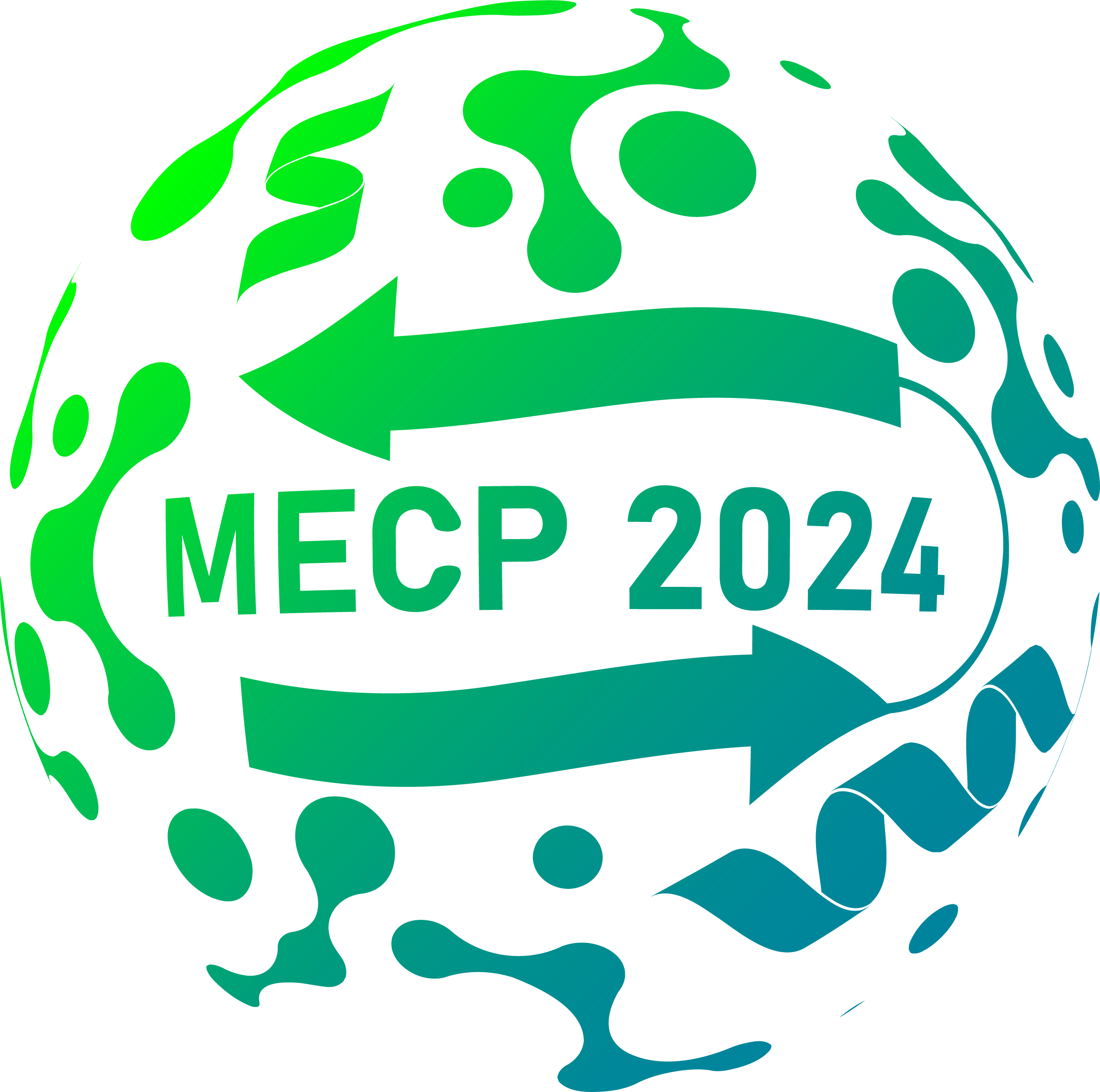
Nihan Çelebi-Ölçüm
Yeditepe University
Computational Exploration of Promiscuous Enzyme Function
Nihan Çelebi-Ölçüm,a Sezen Alsancak-Koca,a
aYeditepe University
Department of Chemical Engineering, Ataşehir 34755 İSTANBUL
nihan.celebi@yeditepe.edu.tr
Enzymes are exceptional catalytic machines with an active site that selectively facilitates one reaction pathway over others to perform the reactions needed to sustain our vital processes at breathtaking rates. Owing to their extraordinary catalytic power under mild conditions and ease of preparation using environmentally benign techniques, enzymes gain popularity as sustainable catalysts in industrial scale processes [1]. An important strategy for the development of biocatalytic methods in industrial applications is to use the ability of enzymes to catalyze different substrates and different reactions (substrate promiscuity and catalytic promiscuity) besides their substantial catalytic activity for their natural substrates [2]. These promiscuous enzymes can further be improved and tailored to specific needs via protein engineering [3]. Identification of enzyme promiscuity as well as information on the binding site and catalytic elements for the promiscuous catalytic function to repurpose these enzymes is central to develop successful biocatalysts. This work describes a computational approach that combines state-of-the-art methods to identify promiscuous enzymes for C-C coupling reactions commonly used in the synthesis of pharmaceutically important products [4], and to elucidate the origins of their promiscuous catalytic activity [5].
____
[1] Wu, S.; Snajdrova, R.; Moore, J.C.; Baldenius, K.; Bornscheuer, U.T. “Biocatalysis: enzymatic synthesis for industrial applications.”, Angew. Chem. Int. Ed. 2021, 60, 88-119.
[2] Bornscheuer, U.,T.; Kazlauskas, R.J.; “Catalytic Promiscuity in Biocatalysis: Using Old Enzymes to Form New Bonds and Follow New Pathways”, Angew. Chem. Int. Ed., 2004, 43, 6032-6040.
[3] (a) Bommarius, A.S..; Blum, J.K,; Abrahamson, M.J. “Status of Protein Engineering for Biocatalysis: How to Design an Industrially Useful Biocatalyst”, Curr. Opin. Chem. Biol., 2011, 15, 194-200. (b) Bornscheuer, U.T.; Huisman, G.W.; Kazlauskas, R.J..; Lutz, S.; Moore, J.C..; Robins, K. “Engineering the Third Wave of Biocatalysis”, Nature, 2012, 485, 184-194.
[3] Funded by The Scientific and Technological Research Council of Türkiye (TÜBİTAK), Project Number 113Z614.
[4] Funded by The Scientific and Technological Research Council of Türkiye (TÜBİTAK), Project Number 122Z506.
_________
View Abstract as PDF:
_________
Mon. April 15 | 09:50 – 10:10 hrs – Computational Exploration of Promiscuous Enzyme Function
